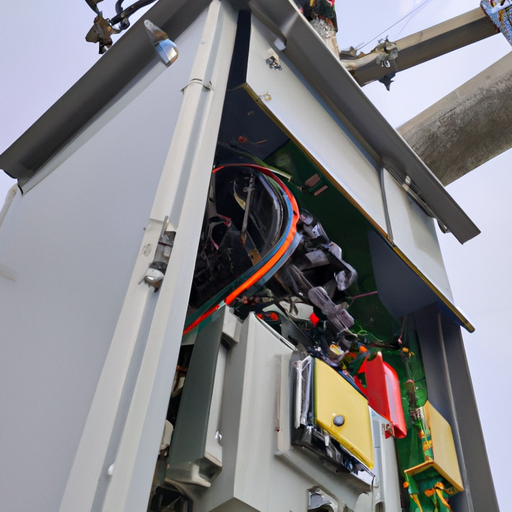Cables are conductors used for transmitting electricity or signals, widely used in various fields such as construction, communication, energy, etc. In order to ensure the quality and safety of cables, various countries have established a series of product standards to regulate the production and use of cables. Below, we will introduce in detail some product standards for cables.
Firstly, the International Electrotechnical Commission (IEC) is one of the international organizations that develop cable product standards. The IEC has issued many standards related to cables, including the IEC 60227 series standards, covering various types of cables such as PVC insulated cables, rubber insulated cables, etc. These standards specify the structure, materials, performance requirements of cables, to ensure the quality and safety of cables.
Additionally, the European Committee for Standardization (CEN) and the European Committee for Electrotechnical Standardization (CENELEC) have also issued a series of standards related to cables, such as the EN 50525 series standards, which specify the requirements for various types of cables such as voltage rating, insulation materials, conductor materials, etc. These standards are applicable to the European market, ensuring the quality and safety of cables within Europe.
Furthermore, the American National Standards Institute (ANSI) and the Institute of Electrical and Electronics Engineers (IEEE) have also issued a series of standards related to cables, such as the ANSI/ICEA S-95-658 standard, which specifies the requirements for various types of cables such as voltage rating, insulation materials, conductor materials, etc. These standards are applicable to the American market, ensuring the quality and safety of cables within the United States.
In addition to the international and regional standards mentioned above, each country will also issue some national standards according to its own needs and circumstances to regulate the cable products in the domestic market. For example, the Standardization Administration of China (SAC) has issued a series of standards related to cables, such as the GB/T 5023 series standards, which specify the requirements for various types of cables such as voltage rating, insulation materials, conductor materials, etc. These standards are applicable to the Chinese market, ensuring the quality and safety of cables within China.
In conclusion, product standards for cables are established to ensure the quality and safety of cables, and to regulate the production and use of cables. Each country and region will issue corresponding standards according to their own needs and circumstances to safeguard the cable products in their domestic market. Only by complying with these standards can the production and use of cables be more secure and reliable. It is hoped that in the future, product standards for cables will continue to improve, providing better assurance for the development of the cable industry.
Cables are conductors used for transmitting electricity or signals, widely used in various fields such as construction, communication, energy, etc. In order to ensure the quality and safety of cables, various countries have established a series of product standards to regulate the production and use of cables. Below, we will introduce in detail some product standards for cables.
Firstly, the International Electrotechnical Commission (IEC) is one of the international organizations that develop cable product standards. The IEC has issued many standards related to cables, including the IEC 60227 series standards, covering various types of cables such as PVC insulated cables, rubber insulated cables, etc. These standards specify the structure, materials, performance requirements of cables, to ensure the quality and safety of cables.
Additionally, the European Committee for Standardization (CEN) and the European Committee for Electrotechnical Standardization (CENELEC) have also issued a series of standards related to cables, such as the EN 50525 series standards, which specify the requirements for various types of cables such as voltage rating, insulation materials, conductor materials, etc. These standards are applicable to the European market, ensuring the quality and safety of cables within Europe.
Furthermore, the American National Standards Institute (ANSI) and the Institute of Electrical and Electronics Engineers (IEEE) have also issued a series of standards related to cables, such as the ANSI/ICEA S-95-658 standard, which specifies the requirements for various types of cables such as voltage rating, insulation materials, conductor materials, etc. These standards are applicable to the American market, ensuring the quality and safety of cables within the United States.
In addition to the international and regional standards mentioned above, each country will also issue some national standards according to its own needs and circumstances to regulate the cable products in the domestic market. For example, the Standardization Administration of China (SAC) has issued a series of standards related to cables, such as the GB/T 5023 series standards, which specify the requirements for various types of cables such as voltage rating, insulation materials, conductor materials, etc. These standards are applicable to the Chinese market, ensuring the quality and safety of cables within China.
In conclusion, product standards for cables are established to ensure the quality and safety of cables, and to regulate the production and use of cables. Each country and region will issue corresponding standards according to their own needs and circumstances to safeguard the cable products in their domestic market. Only by complying with these standards can the production and use of cables be more secure and reliable. It is hoped that in the future, product standards for cables will continue to improve, providing better assurance for the development of the cable industry.







